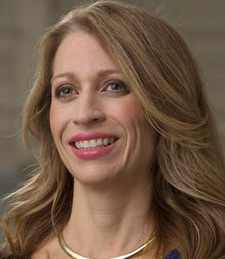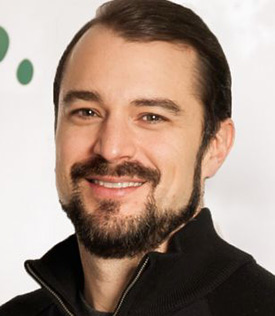As a materials science and engineering major at UC Davis some years ago (The X-Files was on TV, but there were no DVRs), I waded through math, chemistry, physics and introductory engineering classes before diving into the wonderful world of materials. For those who are unfamiliar with the field, materials are the “stuff” all around us—metals, plastics, semiconductors and ceramics.
In my materials science and engineering courses at UC Davis, we investigated solid-state devices for computer processors, discussed why some plastics were good for a sandwich bag while others could be used in a bulletproof vest and marveled at totally awesome lightweight carbon fiber bicycle frames (yes, it was the ’90s). Today’s materials science and engineering students can continue to explore the limits of our earthly materials in courses like EMS 2, “Materials Marvels: The Science of Superheroes.” The course encourages first-year engineering students to approach materials science in a creative manner, moving outside of textbook theory in order to contemplate unlikely — but not always impossible — real-world applications.
In graduate school, I used these fundamental principles to learn about nanotechnology, solid-state devices and magnets that could be used in everything from medical scanners to smartphones. There was more to learn, but after getting my Ph.D. in materials, I realized I knew a lot about how the world worked, because I knew how “stuff” worked!
Materials science and engineering majors understand how things work
Majoring in materials science and engineering prepared me to leap into nearly any science or engineering topic and walk away with at least a basic understanding of a mechanism or property of a system. My strong analytical skills and interest in a wide variety of science and engineering topics meant I could be an ambassador for engineering and share my excitement with others.
So, I made a scary, but rewarding choice: Rather than practicing engineering, I chose to preach about it. For more than a decade, I’ve been a science writer and communicator, translating technical content into layperson-friendly news articles, features and fodder for social media.
I’m not the only one to take the path less traveled. In addition to leading successful careers in research, processing engineering, manufacturing and other industries, many materials science and engineering majors have gone on to successful careers in science policy, patent law, entrepreneurship, product design and even as a judge on a STEM-themed reality TV show. Here are a few examples:

Christine Gulbranson ’94, MBA ’96, Ph.D. ’97
Christine Gulbranson is senior vice president for innovation and entrepreneurship for the University of California system. Gulbranson is the University of California Office of the President's first “systemwide innovation guru” and a former venture capital executive and entrepreneur. She works with all 10 UC campuses, five medical centers and three national labs, as well as a statewide agriculture and natural resource program to enable greater collaborations and translation of research and innovation into the marketplace.
Melissa Lum ’12, M.S. ’15
Melissa Lum has been working as an engineer in Nike’s apparel lab since completing her master’s degree in textiles at UC Davis in 2015. She develops novel test methods used to validate the performance of innovative materials for use in Nike’s apparel products.

Jackson Hull ’00
Jackson Hull is chief operating and technology officer at GoCompare, a U.K.-based financial services comparison website for insurance. He has worked at the vanguard of technology and software development for many years as a mentor and investor, advising startup companies in London and San Francisco. He was chief technology officer at Student.com and onefinestay and co-founded the mobile startup Chatterfly. He is also the captain of a UC Davis Kiva Lending team that has made more than 4,500 microloans in the last decade. Jackson, who was a double major in mechanical engineering as well as materials science and engineering, has a master’s degree in information systems from UC Berkeley.
I recall being one of a handful of materials science and engineering students at UC Davis. Today, the program has grown to more than 125 students. Even with the department’s growth, it is still smaller than many other departments on campus. This means students to get to know world-class researchers in an intimate setting and form tight-knit relationships with their peers while having all the resources of a large research university.
Materials science and engineering students are also engaged through clubs like the Material Advantage Student Chapter, which helps materials science and engineering students learn about volunteering opportunities, research opportunities and find study groups.
And my career has come full circle since receiving my bachelor’s degree in 2000: after working in academia, industry, government and the philanthropic sector, I’m now back home as the marketing and communications director for the UC Davis College of Engineering.
I’m so proud to champion my alma mater. Go Ags!
Learn more about materials science and engineering at UC Davis and about materials research worldwide.
Aditi Risbud Bartl ’00 is director of marketing and communications in the UC Davis College of Engineering. She earned a doctorate from UC Santa Barbara in 2005. Her particular interest is in emerging fields at the frontiers of science.
